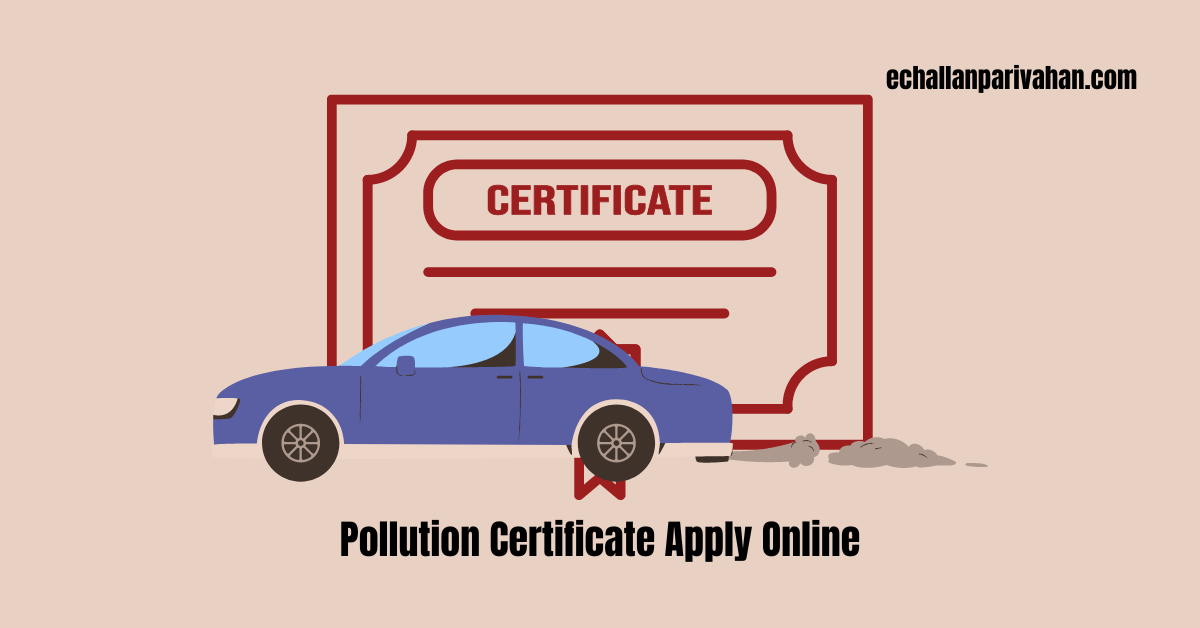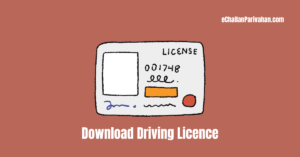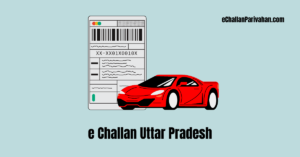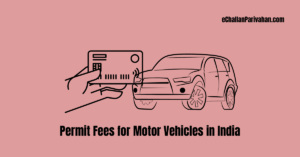 Pollution Certificate Apply Online: Eligibility for a PUC Certificate, Application for a PUC Certificate Online, Fees for Obtaining a PUC Certificate, and Other Details.
Pollution Certificate Apply Online: Eligibility for a PUC Certificate, Application for a PUC Certificate Online, Fees for Obtaining a PUC Certificate, and Other Details.
As vehicle ownership continues to rise rapidly in India, the need to control vehicular pollution has become paramount.
The Indian government has introduced the Pollution Under Control (PUC) Certificate as a mandatory requirement for all vehicles plying on the roads.
This certificate ensures that your vehicle meets the prescribed emission norms, thereby contributing to a cleaner environment.
In this article, we’ll walk you through the process of applying for a PUC certificate online, making it a hassle-free experience.
What is a PUC Certificate?
A PUC certificate, also known as a Pollution Under Control Certificate, is a document issued by authorized pollution testing centers.
It certifies that your vehicle meets the prescribed emission standards set by the government.
This certificate is mandatory for all types of vehicles, including two-wheelers, four-wheelers, and commercial vehicles.
Importance of a PUC Certificate
Obtaining a valid PUC certificate is crucial for several reasons:
1. Legal Requirement: Driving without a valid PUC certificate is a punishable offense under the Motor Vehicles Act. Traffic authorities can impose hefty fines or impound your vehicle if you fail to produce a valid PUC certificate during inspections.
2. Environmental Protection: By ensuring your vehicle adheres to emission norms, you contribute to reducing air pollution and protecting the environment.
3. Insurance Claims: Most insurance companies require a valid PUC certificate to process claims related to your vehicle.
4. Vehicle Registration: A valid PUC certificate is often required when transferring ownership or renewing the registration of your vehicle.
Eligibility for a PUC Certificate
While all vehicles require a PUC certificate, the eligibility criteria may vary based on the vehicle’s age and emission standards:
1. New Vehicles: Vehicles manufactured after April 2017 and complying with Bharat Stage IV (BS-IV) or newer emission norms are considered non-polluting initially. However, a PUC certificate is still mandatory after the first six months of ownership.
2. Older Vehicles: Vehicles manufactured before April 2017 or complying with older emission norms (such as BS-III or earlier) must obtain a PUC certificate regularly, typically every six months or annually, depending on the state’s regulations.
Apply for a Pollution (PUC) Certificate Online
The process of applying for a PUC certificate online is straightforward and can be completed in a few simple steps:
Step 1: Visit the Parivahan Website
Open your web browser and visit the official Parivahan website at https://parivahan.gov.in/. This website is the centralized platform for various vehicle-related services, including PUC certificate application.
Step 2: Access the PUC Certificate Section
On the Parivahan website, locate the “Online Services” section and click on the “Pollution Under Control Certificate” (PUCC) option.
Step 3: Enter Vehicle Details
You will be prompted to enter your vehicle’s registration number and the last five digits of the chassis number (commonly known as the “engine number” or “vehicle identification number”).
Additionally, you’ll need to enter a captcha code displayed on the screen for verification purposes.
Step 4: View PUC Certificate Status
After entering the required details, click on the “PUC Detail” button.
The website will display your vehicle’s current PUC certificate status, including the expiration date and emission levels.
If your PUC certificate is valid and unexpired, you can view and print a copy of the certificate directly from the website.
Step 5: Find a Pollution Testing Center (if needed)
If your PUC certificate has expired or is not available, you’ll need to visit an authorized pollution testing center to obtain a new one.
The Parivahan website provides a convenient option to locate nearby pollution testing centers based on your state and district.
Simply select your state and district from the drop-down menus, and the website will display a list of authorized pollution testing centers in your area.
This list includes essential details such as the center’s name, address, contact information, and the types of vehicles they can test (petrol, diesel, CNG, etc.).
Alternatively, you can use Google Maps to search for “Pollution Check Near Me” and find the nearest pollution testing centers in your vicinity.
Step 6: Visit the Pollution Testing Center
Once you’ve identified a suitable pollution testing center, visit the location with your vehicle. The testing process typically involves connecting your vehicle to an emission testing machine, which measures the exhaust emissions.
If your vehicle passes the emission test, the testing center will issue a new PUC certificate, which you can then use for various purposes, such as renewing your vehicle’s insurance or registration.
Step 7: Retain the PUC Certificate
Always keep a copy of your valid PUC certificate in your vehicle, as traffic authorities may request it during routine inspections or in case of an accident.
Also Read:
- Apply Online for Driving License in India
- Traffic Challan Online Payment
- How to Get Vehicle Related Services on Parivahan Portal?
Fees for Obtaining a PUC Certificate
The fees for obtaining a PUC certificate vary depending on the type of vehicle and the state’s regulations. Generally, the fees range from INR 50 to INR 100 for two-wheelers and four-wheelers, respectively.
However, it’s advisable to check with the pollution testing center or the respective state’s transport department for the latest fee structure.
Conclusion
Obtaining a valid PUC certificate is not only a legal requirement but also a responsible step towards reducing vehicular pollution and protecting the environment. By following the simple online process outlined in this guide, you can easily check the status of your PUC certificate and locate nearby pollution testing centers if needed. Remember, driving with an expired or invalid PUC certificate can lead to fines and legal consequences, so stay compliant and contribute to a greener future.







